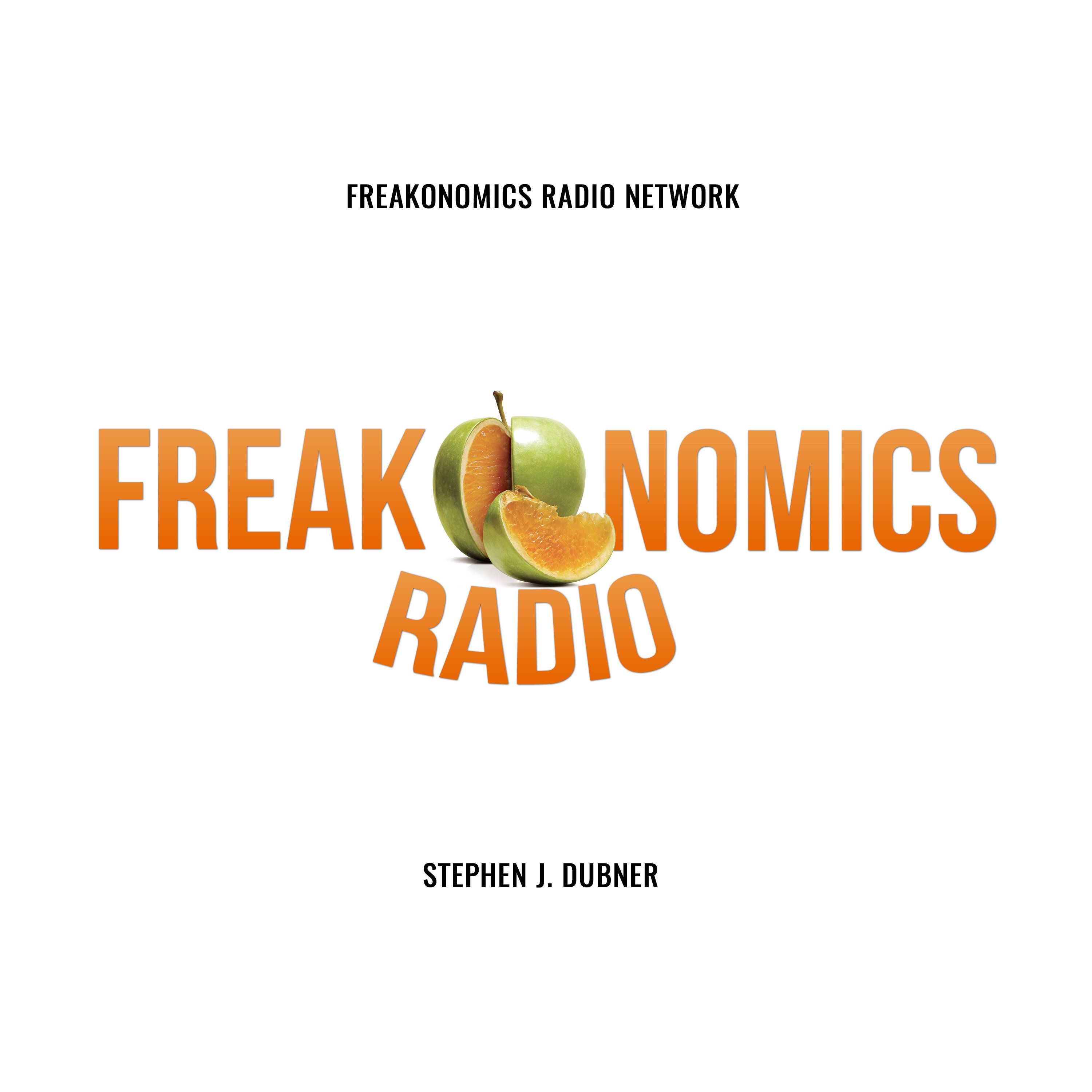
Your Brain Doesn’t Work the Way You Think

Freakonomics Radio
Deep Dive
Why does David Eagleman prefer the term 'live-wired' over 'plasticity' to describe the brain's adaptability?
Eagleman argues that 'plasticity' underreports the brain's constant reconfiguration and adaptability. The term 'live-wired' better captures the brain's dynamic nature, where neurons are continuously changing, strengthening, and reconfiguring connections.
How does the brain reorganize itself when a person loses a sense, such as vision?
When a person loses vision, the brain's visual cortex can be repurposed for other senses like hearing or touch. The neurons in the visual cortex adapt to process new types of input, demonstrating the brain's flexibility.
What is the significance of REM sleep according to David Eagleman?
REM sleep, during which dreaming occurs, serves to protect the visual system from being overtaken by other senses during the night. The brain generates random activity in the visual cortex to keep it active and prevent other senses from encroaching.
How does Neosensory's wristband technology help deaf individuals?
The wristband captures sound, breaks it into high and low frequencies, and translates it into vibrations on the wrist. This allows deaf individuals to 'hear' through touch, similar to how the inner ear processes sound.
What is the theory behind how the Neosensory wristband helps with tinnitus?
The wristband plays tones that correlate with vibrations on the skin, helping the brain distinguish between real sounds and the phantom ringing of tinnitus. This reduces the perception of tinnitus by teaching the brain that the ringing lacks external confirmation.
What is synesthesia, and how common is it?
Synesthesia is a condition where one sense triggers another, such as seeing colors when hearing music. It affects about 3% of the population and is caused by slight crosstalk between neighboring brain regions.
Why does David Eagleman believe traditional classroom teaching methods are outdated?
Eagleman argues that traditional teaching, which focuses on 'just-in-case' information, is less effective than modern methods that leverage curiosity and 'just-in-time' learning. Students today can instantly access information, making learning more efficient and engaging.
What is Eagleman's view on the future of neuroscience in 100 years?
Eagleman predicts that neuroscience will simplify its current data-heavy approach into a more theoretical framework. Instead of a 900-page textbook, he envisions a 90-page summary of fundamental principles that explain the brain's complexity.
What does Eagleman mean by 'possibilianism'?
Possibilianism is a philosophy that embraces the unknown and encourages exploration of the vast possibility space beyond strict atheism or religion. It advocates for an active search for answers rather than committing to fixed beliefs.
What is the main limitation of current large language models like ChatGPT?
Large language models lack a theory of mind and a physical model of the world. They operate as statistical parrots, predicting the next word based on patterns, but they don't understand the world in the way humans do.
Shownotes Transcript
David Eagleman upends myths and describes the vast possibilities of a brainscape that even neuroscientists are only beginning to understand. Steve Levitt interviews him in this special episode of People I (Mostly) Admire.
SOURCES:
David Eagleman), professor of cognitive neuroscience at Stanford University and C.E.O. of Neosensory.
RESOURCES:
Livewired: The Inside Story of the Ever-Changing Brain)*, *by David Eagleman (2020).
"Why Do We Dream? A New Theory on How It Protects Our Brains)," by David Eagleman and Don Vaughn (*TIME, *2020).
"Prevalence of Learned Grapheme-Color Pairings in a Large Online Sample of Synesthetes)," by Nathan Witthoft, Jonathan Winawer, and David Eagleman (PLoS One, 2015).
Sum: Forty Tales from the Afterlives)*, *by David Eagleman (2009).
EXTRAS:
"Feeling Sound and Hearing Color)," by *People I (Mostly) Admire *(2024).
"What’s Impacting American Workers?)" by *People I (Mostly) Admire *(2024).
"This Is Your Brain on Podcasts)," by *Freakonomics Radio *(2016).